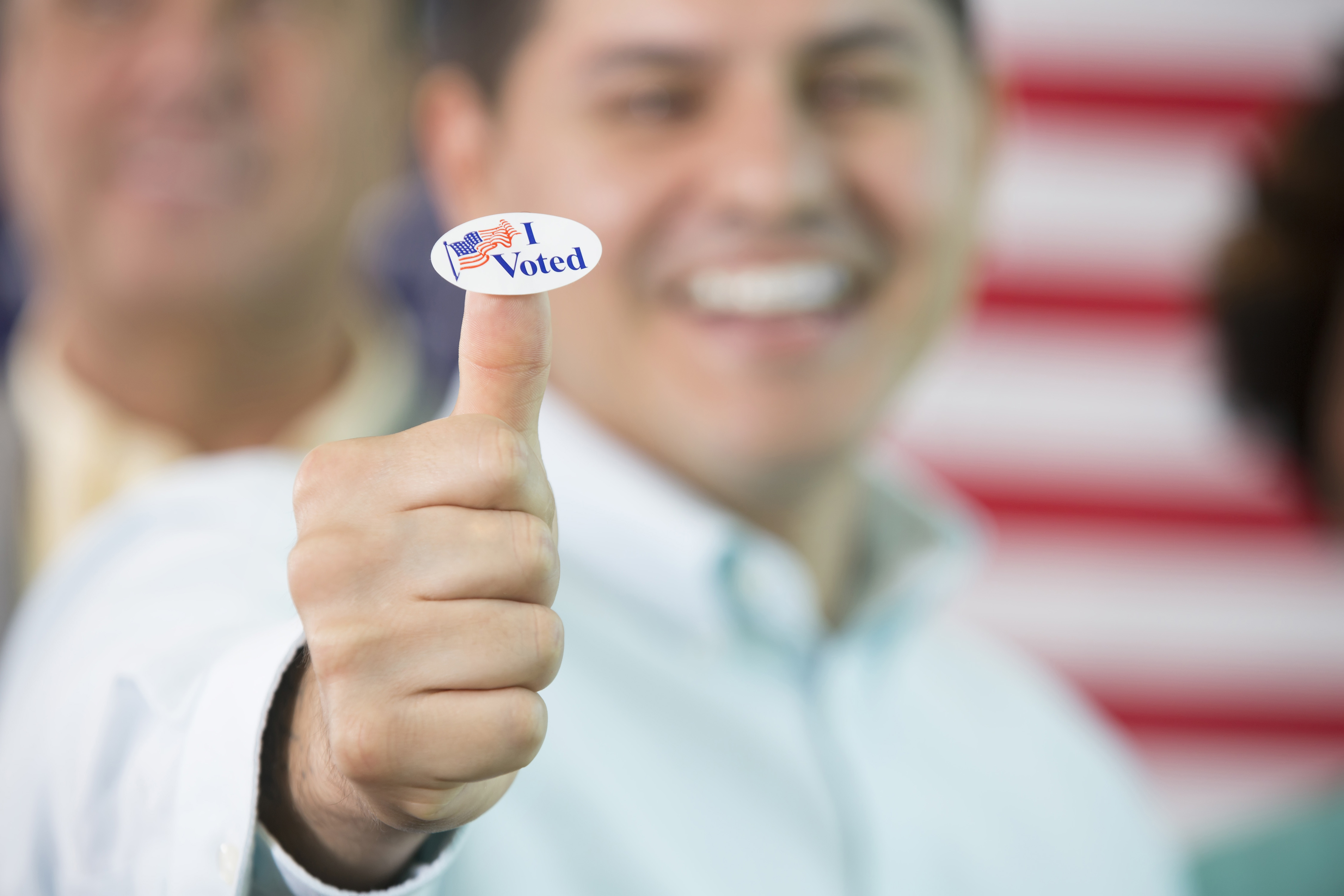Recent studies by the nonpartisan Pew Research Center show that Latino voters will make up 12.8 percent of all eligible voters, including the four million citizens age 18 or older who reached voting age between 2014 and 2018. There are an estimated 29 million eligible Latino voters this year.
While many Latino registered voters are concerned about immigration policy, like most voters they also are interested in knowing how elected officials are addressing core issues such as education, jobs, and the economy, according to a UConn political science professor studying Latino voters.
If you took a survey of Latinos and asked what is their most concerning issue, education and the economy would be in the top five. — Beth Ginsberg
Beth Ginsberg, assistant professor-in-residence of political science at UConn’s Stamford campus, is using U.S. Census data since 2000 while conducting her own research on Presidential elections to study Latino voters.
“As with other groups in the United States, a primary concern for any Latino voter is both the economy and education,” says Ginsberg, who teaches a class titled Electoral Behavior. “If you took a survey of Latinos and asked what is their most concerning issue, education and the economy would be in the top five. And that’s throughout any Latino subgroup. It’s too easy to just assume that Latinos are only concerned about immigration. I think it simplifies them, which is not the way to look at it. Latinos have a variety of issues and concerns and policy issues that worry them.”
Pew notes that 71 percent of eligible Latino voters live in six states – California, Texas, Florida, New York, Arizona, and Illinois. Yet three of the Congressional districts with the largest growth in Latino eligible voters in 2018 are in North Carolina.
“North Carolina and Nevada have some of the largest growth in Latino population in the country,” says Ginsberg. “That’s where the jobs are. It’s not just about Latinos. People go where the jobs are. Migration is often economically motivated.”
In her personal research, Ginsberg has found Latinos of various different ethnicities and backgrounds in communities in Florida, California, and Texas, where growth is strong.
According to the Bureau of Labor Statistics, North Carolina added 1,000 in August and Nevada added 1,200, with both states setting new highs for total employment. North Carolina has 4.5 million people employed, and Nevada has more than 1.3 million workers.
A recent poll by the National Association of Latino Elected and Appointed Officials found that 84 percent of voters said participating in the Nov. 6 election is “important,” compared to 63 percent indicating that in 2016.
Ginsberg says Florida’s election presents an interesting study in voter behavior this year, after many Puerto Rican citizens left the island last year and settled in Florida following the devastation of Hurricane Maria, and given the Sunshine State’s dual U.S. Senate and gubernatorial election races.
“[Puerto Rican voters in Florida] may have ramifications for the election this year,” she says. “They don’t behave politically the same way as the traditional Cuban population in Florida. There’s been some interest in their political behavior in Florida. These voters are not single issue voters, focused on one topic. They focus on a multitude of issues.”
She adds that the presence or absence of Latino candidates also will affect voting and election turnout. Latinos will look for a co-ethnic on the ballot before considering another Latino – such as a Puerto Rican voter looking for a Cuban candidate – before moving on to vote for other candidates.
The idea that our younger generation is apathetic or uninterested is truly incorrect. — Beth Ginsberg
Students currently in Ginsberg’s Electoral Behavior class will conduct a Voter Education Day on Oct. 23 in Stamford, speaking with other students about the importance of participating in the upcoming Nov. 6 midterm elections. The voter education effort will also include a voter registration campaign; a similar campaign in 2016 resulted in 30 new voters registered during the Presidential election.
“Our students are engaged and want to be engaged, and are interested in working on making the future better for themselves,” says Ginsberg. “The idea that our younger generation is apathetic or uninterested is truly incorrect.”
Ginsberg was selected as a Service Learning Faculty Fellow in 2016, and incorporated voter education into her class in Stamford during the Presidential election.
“I chose the Electoral Behavior Class to incorporate service learning because I really wanted students to move beyond what’s written in the book about why people are voting and about voting in this country and campaigns, and actually be engaged in it,” she says. “These students are engaged, passionate, interested, and they want to be involved in society.”



